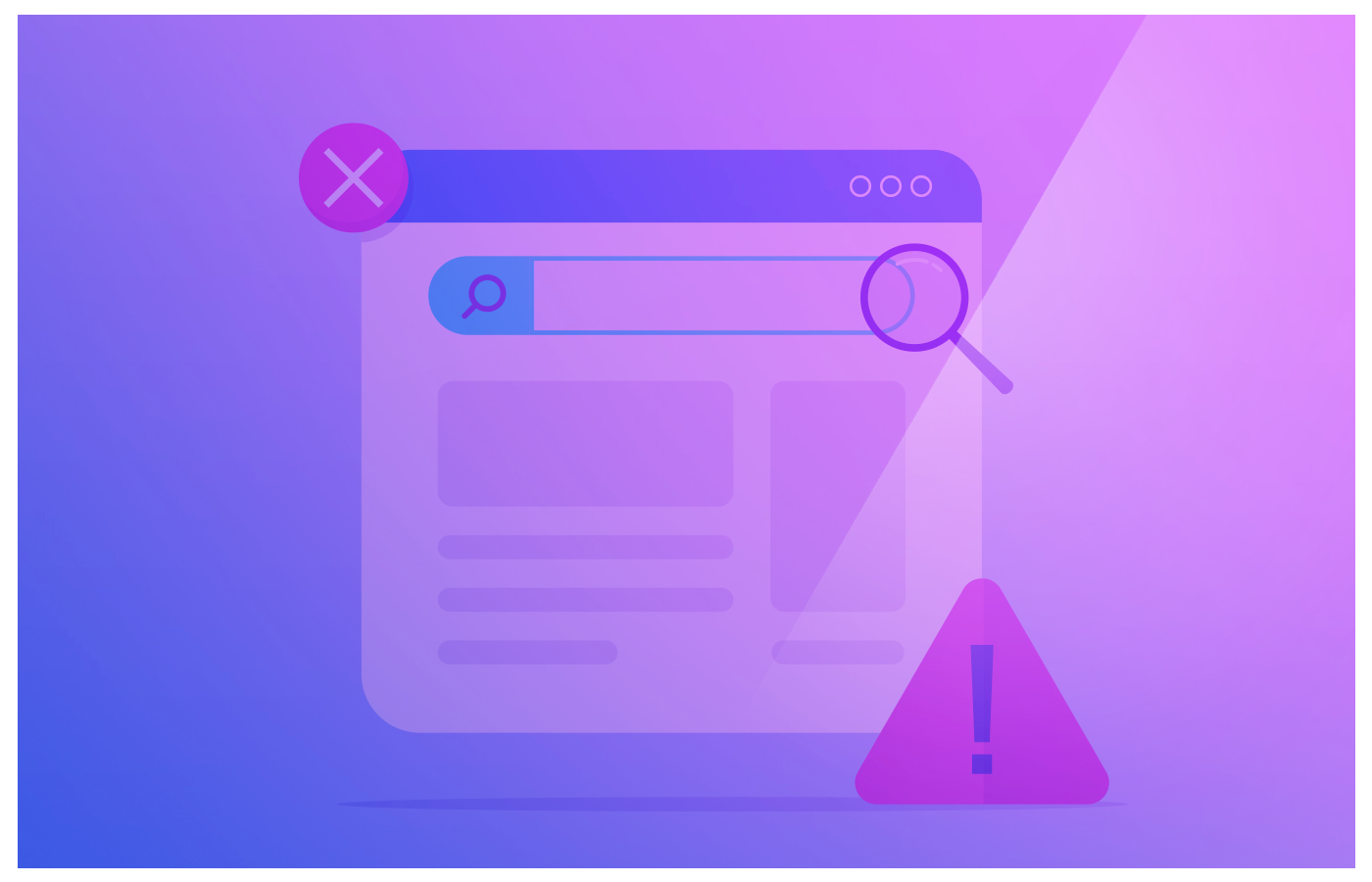What is IVT?
If you’ve noticed weird upswings or downturns in your site numbers, you might be dealing with invalid traffic. So, what does this mean for you and your site?

Running and monetizing a site can have some serious perks. You can contribute to your community in a tangible way, curate a space for creatives and hobbyists to unite, and earn some extra revenue to boot. But just like with any other venture, there are risks.
Bots and bad actors can trawl your website and inflate your ad numbers, causing discrepancies in the advertisements shown to your users, and even affecting your revenue negatively. These bogus views are categorized as invalid traffic, or IVT. If it sounds a little scary, don’t worry! We’ll break down what it is, why you should be aware of it, and what we’re doing to make our partners’ sites safer.
What exactly counts as IVT?
To start, there are two different types of recognized IVT. There’s general invalid traffic (GIVT) and sophisticated invalid traffic (SIVT). The key difference between GIVT and SIVT is the intent of the traffic, and the perceived behavior related to the traffic.
GIVT is your classic bot traffic. It usually originates from data centers and is easy to spot on any metrics report. GIVT will often be bots trawling your page for search engine results rankings, or can be traffic from a VPN. This form of IVT isn’t dangerous or malicious (oftentimes it actually has good intents), but won’t provide any benefit to your website, such as clicking on affiliate links or making a purchase from an ad shown on your website. Because of this, it can’t be classed as real, legitimate traffic from a user.
SIVT is meant to appear like a real user is browsing your site. These bots are designed to mimic the behaviors of a human user, and can be hard to pinpoint amidst the rest of your legitimate traffic. The bots might click through backlinks, add items from a shopfront to their cart, or manipulate the ads shown on your site to real users. It can negatively affect your traffic and clog up your site’s UX with annoying pop-ups or unmitigated clicks, frustrating users and committing fraudulent behavior on a user’s behalf.
How this affects you
Aside from artificially inflating your site metrics, SIVT can have a negative impact on your revenue. If your site is suddenly being bombarded with IVT, ad providers looking to advertise on your site will look elsewhere. Your site could even be suspended by trusted vendors like Google AdSense.
On top of this, malicious bots can gain access to elements of your site. If you don’t have strong blockades in place, bots can reroute traffic from users trying to access your site. There are bots that can sweep your site in order to steal content and bots that can populate fraudulent ads within or alongside the programmatic ads you’ve authorized to be on your site. It’s a lot to be concerned about, especially on top of the daily responsibilities of running a website. That’s why we’re figuring out new methods to minimize malicious IVT.
What we’re doing to combat it
Our dev team is dedicated to optimizing our network and protecting our partners’ audiences against fraudulent activity. To catch the bad actors, we’re always monitoring the traffic that visits our partner sites, and any unprecedented activity gets flagged with our dev team. We take immediate action to isolate the activity and block the geo it’s originating from while we investigate the activity.
After we’ve flagged it, we reach out to the individual partner to check their site’s security. Are there any admin logins that weren’t authorized, or other suspicious activity they can see on their end? By working together with our partners, we can pinpoint and prevent IVT from becoming a site-sinking issue.
Upholding your site’s safety is paramount to us here at Publisher Collective. Interested in joining the Collective? You can apply here.

